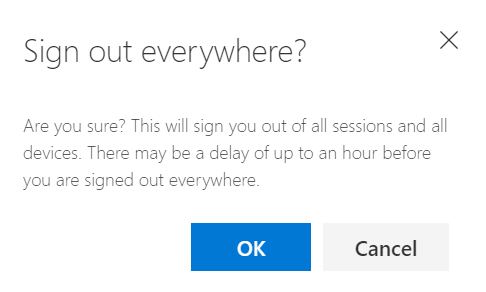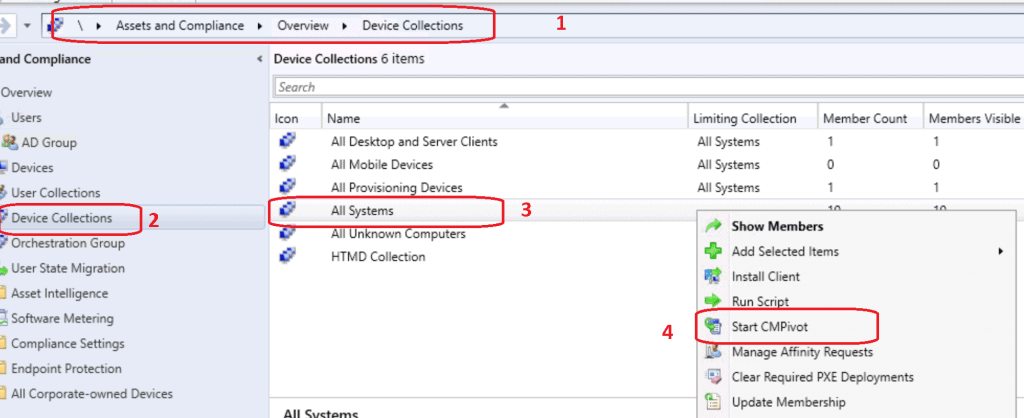- Sign User Out Of O365
- Office 365 Sign Out Of All Devices List
- Office 365 Sign Out Of All Devices
- Office 365 Sign Out Of All Devices Download
Note
Office 365 ProPlus is being renamed to Microsoft 365 Apps for enterprise. For more information about this change, read this blog post.
Sign User Out Of O365
Problem
- I am trying to sign out all (or MFA enabled group instead of all) O365 users to force them to log back in. The reason behind this is that many use personal phones and are not issued company devices. The phones do not seem to prompt for MFA as I am enabling it. Signing out would force the MFA to kick in. Any ideas or assist would be appreciated.
- Users experience issues when they try to sign out of Office 365, Microsoft Intune, or Microsoft Azure in a web browser. For example, users may experience one of the following issues: When a user signs out of one of the portals or signs out of Microsoft Outlook Web App, the user isn't signed out of Microsoft SharePoint Online.

I would like to get an accurate read out of the types of devices people are using, but with so many old devices out there, making it hard to do so. Also, wondering if it's good practice to clean up stale active sync device partnerships. Would be nice if Exchange had a built in automatic way to handle these stale devices.
You may have issues when you try to sign in to Microsoft Office 365. Or, you notice that suspicious activity occurs in your account, such as large amounts of spam that originates from your account.
You may also experience one or more of the following issues:
- The Sent or Deleted Items folders in Microsoft Outlook or in Microsoft Outlook Web App contain common hacked-account messages, such as 'I'm stuck in London, send money.'
- Unusual profile changes, such as the name, the telephone number, or the postal code were updated.
- Unusual credential changes, such as multiple password changes are required.
- Mail forwarding was recently added.
- An unusual signature was recently added, such as a fake banking signature or a prescription drug signature.
Solution

Even after you've regained access to your account, the attacker may have added back-door entries that enable the attacker to resume control of the account. Switch lite to tv.
To help resolve these issues, you must perform all the following steps within five minutes of regaining access to your account to make sure that the hijacker doesn't resume control your account. These steps help you remove any back-door entries that the hijacker may have added to your account. After you perform these steps, we recommend that you run a virus scan to make sure that your computer isn't compromised.
Step 1: Make sure that your computer isn't compromised
- Make sure that you have Windows Update turned on.
- If antivirus software isn't installed on your computer, we recommend that you install antivirus software and then run a scan to make sure that no malicious software is installed on the computer. You can download free anti-malware or antivirus software from Microsoft.
Step 2: Make sure that the attacker can't log on to your Office 365 account
- Change your password immediately. Make sure that the password is strong and that it contains upper and lowercase letters, at least one number, and at least one special character.
- Don't reuse any of your last five passwords. Even though the password history requirement lets you reuse a more recent password, you should select something that the attacker can't guess.
- If your on-premises identity is federated with Office 365, you must change your password on-premises, and then you must notify your administrator of the compromise.


Step 3: Make sure that the attacker can't resume access to your account
Make sure that the Exchange account doesn't auto-forward addresses. For more information, go to the following webpage:
Make sure that the Exchange server isn't sending auto-replies.
Make sure that your contact information, such as telephone numbers and addresses, is correct.
Office 365 Sign Out Of All Devices List
Step 4: Additional precautionary steps
Office 365 Sign Out Of All Devices
- Make sure that you verify your sent items. You may have to inform people on your contacts list that your account was compromised. The attacker may have asked them for money, spoofing, for example, that you were stranded in a different country and needed money, or the attacker may send them a virus to also hijack their computers.
- Any other service that used this Exchange account as its alternative email account may have been compromised. First, perform these steps for your Office 365 subscription, and then perform these steps for your other accounts.
More information
These issues may occur when your Office 365 subscription has been compromised. In this case, your compromised accounts may be blocked to protect you and your contacts and help you recover your account.
For more information about phishing scams and fraudulent email messages, go to the following websites:
Office 365 Sign Out Of All Devices Download
Still need help? Go to Microsoft Community.
